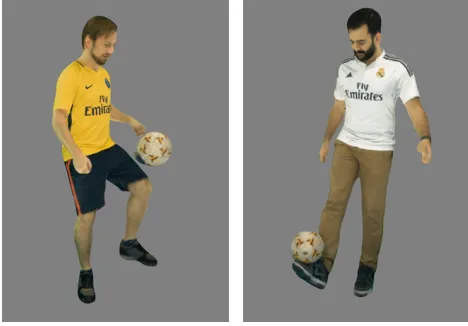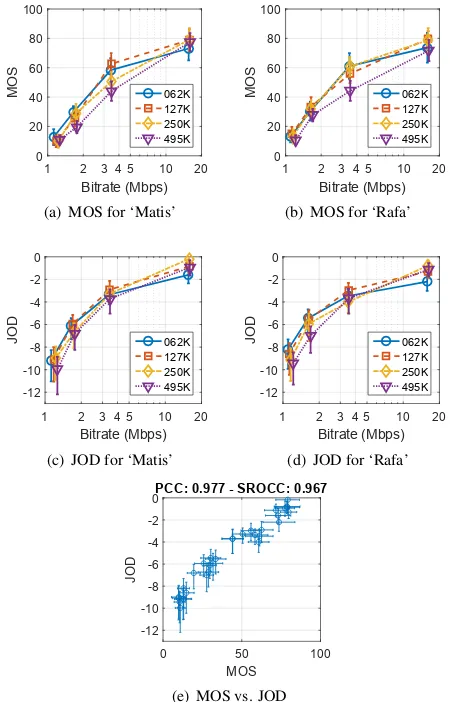Subjective and objective quality assessment for volumetric video compression
Full text
Figure




Related documents
In the traditional VoIP system, services are delivered by the client/server model shown in Figure 1, where the centralized call control server conducts the basic call signaling
The ineffectiveness of some principles of the Paris Declaration challenges the prominent role given to policies and institutions for economic growth in the literature (Acemoglu et
Thus decreasing energy by this way will increase pressure (which is quite high already) and leakages. On other hand sometimes it is impossible to fill tank with water during
use varlist using …lename, clear for a subset of the data …le To save a data…le. save, replace overwrites
Atrial Fibrillation: Patient Selection Atriyal Flutter ve Atriyal Fibrilasyonda Kateter Ablasyon: Hasta
This article presents evidence-informed deliberative processes as a hybrid value assessment framework that integrates the virtues of A4R (i.e., the deliberation among stakeholders
Hasil penelitian diperoleh thitung > ttabel atau 3,117 > 2,015, maka H0 ditolak, artinya terdapat pengaruh yang signifikan dalam pengaruh model pembelajaran Think Pair
In this regard, a model with an endogenous (demand shock) or exogenous (supply shock) price shock may produce a totally different monetary policy proposal when there exists a market